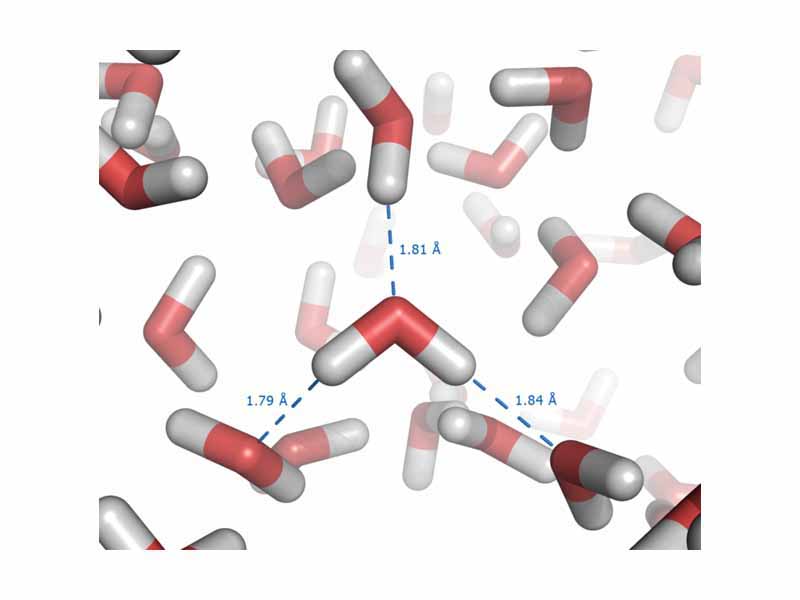Interdisciplinary Note (18 of 20)
When you analyze a chemical change, always take a moment to see the change in the light of the electrostatic force interactions of the particles involved. Step back and look at it with the lens of physics. The electrostatic force is the central force in chemistry. Take a moment to conceptualize the internal energy change in terms of the re-arrangement of electric charges. A chemical reaction has occurred. The spatial arrangement of positive and negative charges is now different. Valence electrons which had been located in the space between an atomic nucleus and one bonding partner are now in the space between that nucleus and a different bonding partner. The disaggregration from reagents and reaggregation as products has occurred. What has changed in terms of energy?
A single atom is held together by the attractive electrostatic force between the nucleus and its electrons. Electrons in a molecular orbital hold two atoms in a covalent bond together. They are like a kind of glue in the space between the two nuclei. Molecules attract one another by the electrostatic force between induced dipoles (Van der Waals attraction), permanent dipoles (dipole-dipole attraction), or hydrogen bonding. Each of these levels - the atomic level, the chemical bonding level, and the intermolecular level - is an energy system.
Chemical transformations involve change that occurs at one of these levels. The ionization of an atom or the electron affinity process occur at the level of the single atom as a system. An oxidation-reduction reaction, such as combustion of glucose, takes place at the level of the chemical bond. Vaporization of a liquid or the solution process are examples of transformations that occur at the intermolecular level.
